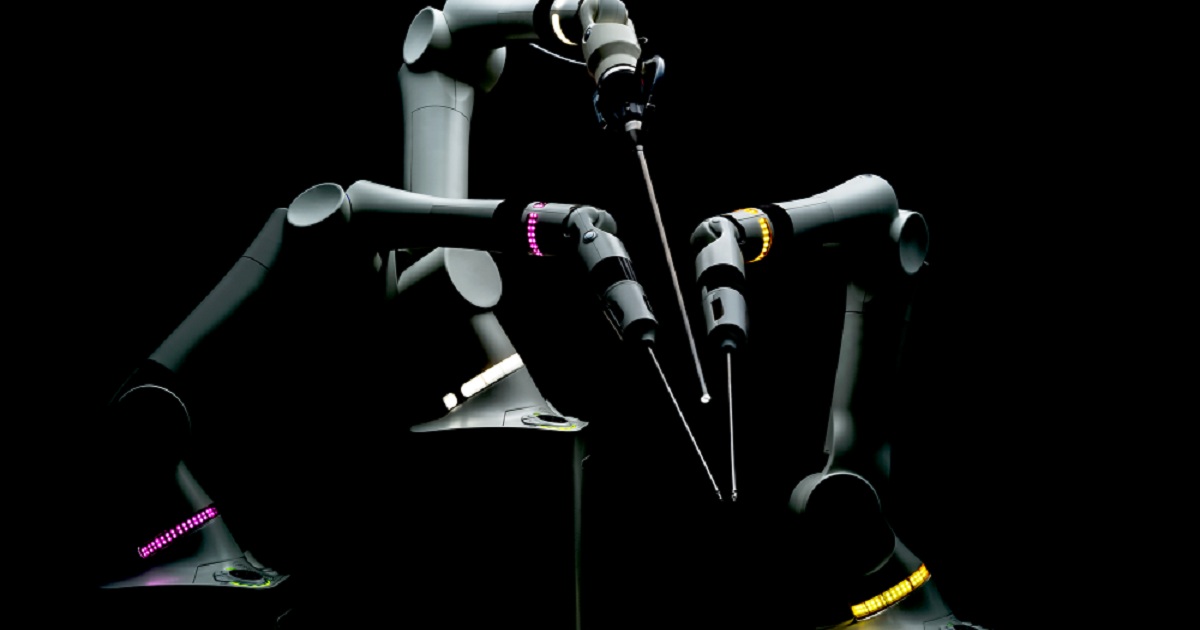5 Surgical Robots to Look Out for in 2019
Robotics Business Review | December 31, 2018

Just as manufacturers rely on robots to reduce human errors and maintain product quality, so too are surgical robots alleviating fatigue while aiding procedures requiring great precision.
The high cost of surgical robots has been a barrier to adoption, but more hospitals are deciding that they’re worth the investment. The equipment can help surgeons perform minimally invasive operations, from which patients can recover more quickly and easily than traditional procedures.
The global market for surgical robots will experience a compound annual growth rate of 10.4%, from $3.9 billion in 2018 to $6.5 billion by 2023, according to Markets and Markets. In 2009, Penn State Milton S. Hershey Medical Center began establishing best practices for medical centers using surgical robots. The Journal of the Society of Laparoendoscopic Surgeons noted that the facility initially used robots for only a small assortment of procedures. However, the diversity of uses has increased over the years, with the most growth in gynecology and urology.